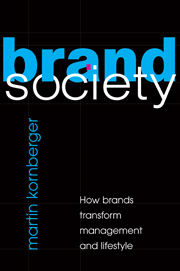6 - Innovation
Published online by Cambridge University Press: 10 January 2011
Summary
Playing with LEGO
In 1998, LEGO released a new product called LEGO Mindstorm. The heart of it was a yellow microchip that made all sorts of movements and behaviours possible. The product became an instant hit – within three months, 80,000 sets had changed hands. There was just one small problem: the buyers were not children but adults. And that was despite the fact that LEGO marketed the product to children, not adults. Worse, these adults did not consume the product as the LEGO Masterminds had anticipated. Within weeks, hackers from all over the world had cracked the code of the new toy and created all sorts of new applications: Mindstorm users built everything from soda machines to blackjack dealers. The new programs spread quickly over the World Wide Web and were far more sophisticated than the ones LEGO had developed. More than forty guide books advised on how to get maximum fun out of your 727-part LEGO Mindstorm set.
Yun Mi Antorini, back then Senior Director of Global Brand Strategy at the LEGO Group, recalls how that storm took LEGO by surprise. The people who bought and changed the product did not appear in LEGO's marketing plan at all. Consumers were meant to consume, not produce their own versions. They were not meant to challenge LEGO's in-house product developers. LEGO was confused. It did nothing for a year. Then it decided to listen and try to understand what those users were actually doing with the LEGO brand.
- Type
- Chapter
- Information
- Brand SocietyHow Brands Transform Management and Lifestyle, pp. 147 - 172Publisher: Cambridge University PressPrint publication year: 2010

